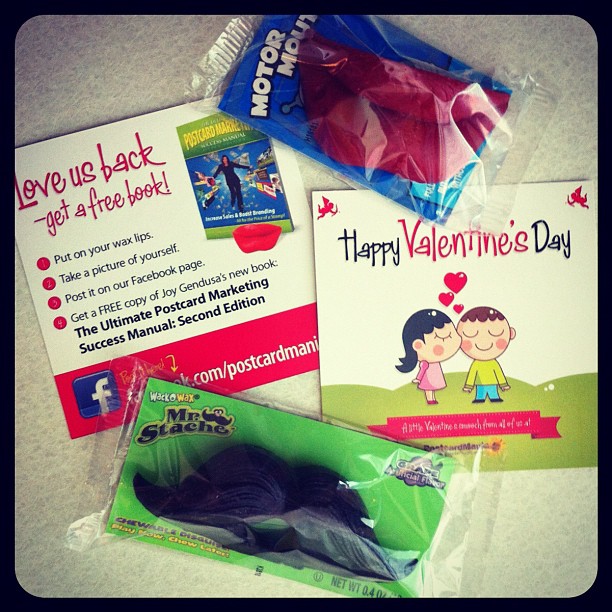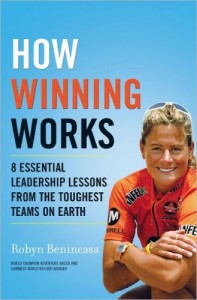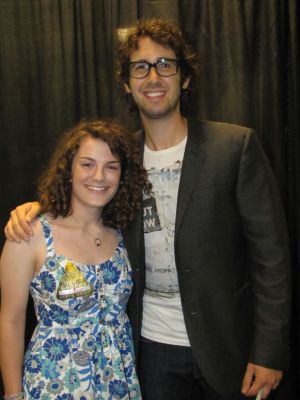Planting your brand’s seeds
August 7, 2019
 Branding. What is it and how do you define it? In most cases, people mistake the word branding to mean one of two things. A logo or a tagline. Both are tools you use to communicate your brand but neither is your actual brand.
Branding. What is it and how do you define it? In most cases, people mistake the word branding to mean one of two things. A logo or a tagline. Both are tools you use to communicate your brand but neither is your actual brand.
Brand has been described in many ways. Advertising icon David Ogilvy said a brand is “the intangible sum of a product’s attributes.” Here’s how we think about brand at MMG – your brand is the feeling that is evoked when someone hears your company’s name.
The way we help bring that to life for clients is by helping them define their #1 promise to everyone in their world (customers, prospects, employees, vendors, etc.). It is the thing that will help them stand apart from their competitors in a way that is genuinely meaningful to the audience and is already part of the organization’s DNA. It is a sword they would be willing to fall on.
So how do you figure out exactly what your brand is?
There are three ways to guarantee that your branding efforts will fade away, leaving you feeling as though you made a lot of noise but no one was listening.
Trying to do it yourself: You know a brand is built on a wobbly foundation when 3-5 people sit in a room and decide what it should be. That begs for a superficial brand that’s mostly fluff and little substance. When you are figuratively inside of a jar, you can’t possibly read the jar’s label. That’s what doing your own branding is like.
The truth is – you can’t see your company from an objective point of view. And you can’t really see it from the world’s point of view. So you need to have an outside team lead you through a process that truly helps you discover what your brand is. And here’s a little insight into that process. It’s much like sculpting. It’s more about what’s not necessary than it is about adding anything.
Your brand already exists inside your organization. The process will help you find it, clean it up and remove the barriers that get in its way.
Letting someone else tell you what your brand should be: As vital as the outside help is, be very wary of anyone who tells you that they’re going to meet with you for a few hours, talk to a couple of your customers and then voila – come back and present you with a list of possible brand positions.
That would be like me having coffee with you, talking to a few of your friends and then dictating what your core values should be. It’s ludicrous. Find someone who will guide you through a process that will allow you and your team to recognize and decide on your organization’s true north.
Restricting it to your marketing department: You must recognize that your brand is not just a marketing thing. It’s a holistic company thing. It has to be just as true and meaningful to the accounting department as it is to the sales department. It has to be something you deliver to your employees with the same level of conviction as you do to your best customers.
So the discovery process needs to involve representation from all the key departments of your company. Yes, the leadership needs to be there but you also need some of the front line team members, who actually talk to your customers on a daily basis.
More
 We have to remember that every day, both our existing customers and potential customers are looking at us and wondering “why would I pick you?”
We have to remember that every day, both our existing customers and potential customers are looking at us and wondering “why would I pick you?”


 I know a lot of tough people but
I know a lot of tough people but 
 There’s a remarkable difference between wishing for something and the relentless pursuit of a dream.
There’s a remarkable difference between wishing for something and the relentless pursuit of a dream.








